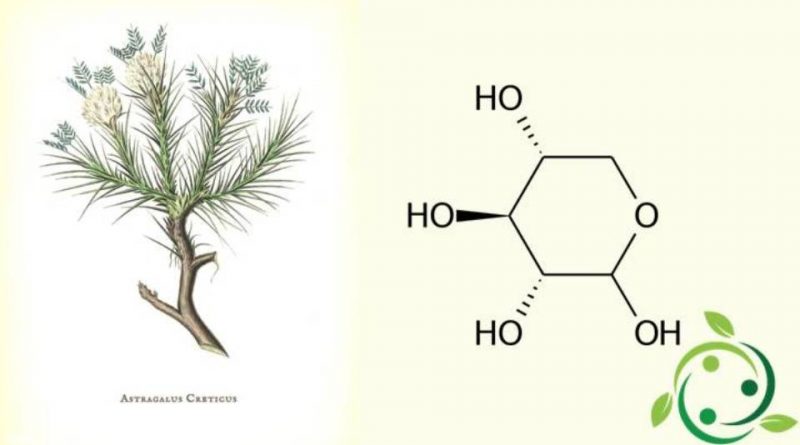Xilose
Xilose
Lo D (+) – xylose is a five-carbon (pentose) carbohydrate having a brute or molecular formula: C5H10O5.
It is also commonly called wood sugar as it is obtained from the rich part of the hemicellulose xylan from the walls of the cell and from the fiber of the plant itself.
Lo D (+) – xylose, from the chemical point of view is an aldopentose, which at room temperature is in the form of an odorless white powder and is soluble in water, like all carbohydrates.
This sugar also takes part in the establishment of some proteoglycan joining saccharides.
Xylose has a low nutritional importance; potential applications in the diet therapy of diabetes derive from its sweetening power slightly lower than that of sugar and the poor metabolizing capacity of the human body.
It is therefore an almost calorie-free sugar, with an extremely low glycemic index, and acariogenic (it does not cause dental caries). Furthermore, the human body is able to independently synthesize small quantities of xylose, which are then incorporated into the glycoproteins.
Once ingested, xylose is largely absorbed in the intestine, while doses greater than 30 grams have a laxative effect. Once absorbed, xylose is largely eliminated in the urine in unchanged form; this characteristic makes this sugar particularly useful for evaluating the absorption capacity of the small intestine and discriminating it from malabsorption syndromes deriving from an insufficiency of the exocrine pancreas.
Warning: The information shown is not medical advice and may not be accurate. The contents are for illustrative purposes only and do not replace medical advice.

